Austrian photographer Klaus Pichler is out climbing a volcano in Lanzarote the first time I try to get in touch. The next day he’s relaxing on the Spanish island’s sandy beaches, taking a well-deserved break after a busy 2016.
In the past year, Pichler has won the first prize at Cortona on the Move for his project Golden Days Before They End, about Austria’s last remaining dive bars (featured in our November issue), and the Outstanding Artists Award from the Austrian Ministry of Culture. He has also been working on his latest personal project, This will change your life forever, an exploration of what he called the “swarm stupidity” of New Age esotericism.
He’s also seen the publication of his two brand books for Schock, the German kitchen designer, both of which were designed to live up to the client’s name (and featured in BJP’s May issue). Featuring bold artificiality, wacky compositions and clashing colours, these books pair racoons with poodles, and turtles with flamingoes, and generally make the world of sinks look more exciting than our own. Contrary to first impressions, though, no element in them was random.
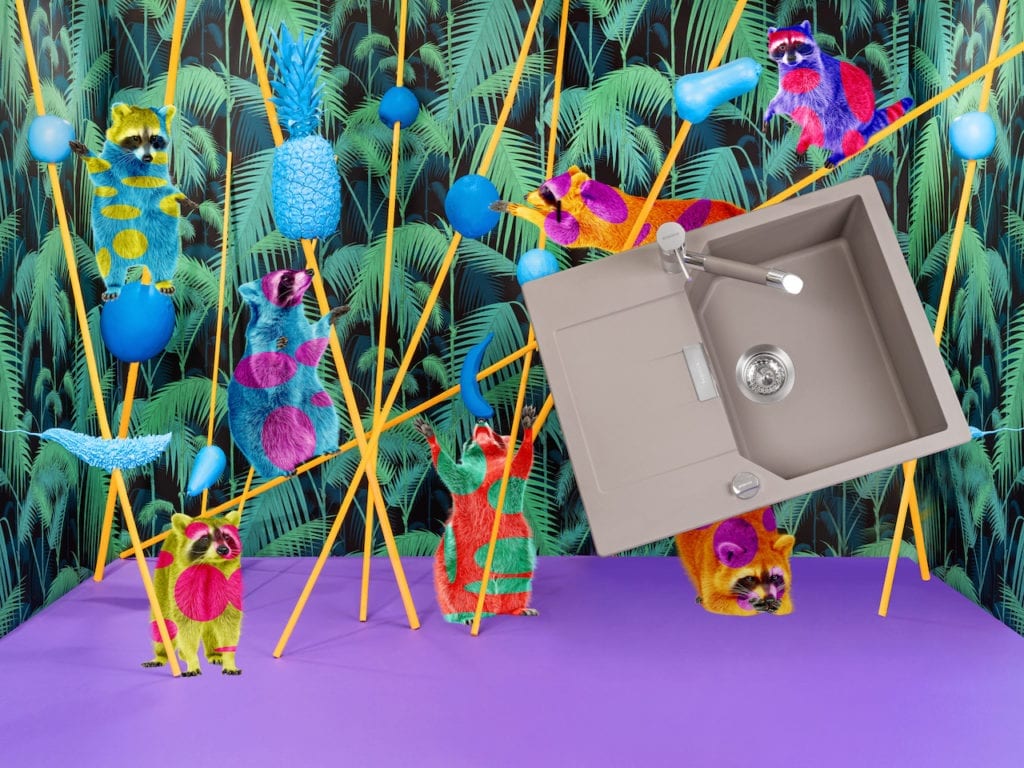
“We chose animals which had a connection with water,” says Pichler, explaining that poodles are traditionally hunting dogs, trained to retrieve shot ducks that have fallen into ponds and deep water. He sourced three different-coloured poodles to work with, but the fur of the white permed cavalier proved most effective in reflecting the rainbow-coloured lighting on set.
Pichler “just couldn’t get hold of any racoons” though, so he used stock images of them instead, taking the shots as a starting point then working them into the finished article by playing “a game of ping pong between Lightroom and Photoshop”. Although Pichler often constructs his own sets with found objects and backdrops, he says the raw file is usually just the first half of the process before turning to post production software. “I have the final image in mind, and I have to think of ways how to get there. There are plenty of ways to reach the end goal, but it’s what takes the least effort and what is most realistic.” He prefers Lightoom
for touching up colour and light, but will use Photoshop
to manoeuvre individual elements, building up to 40 layers per image.
Pichler’s background is in landscape architecture and he originally started photography as a hobby, learning the basics in traditional darkrooms and experimenting with exposure and chemicals to make sense of the developing processes. As computer programmes advanced, he dabbled in new software that allowed for new methods of image manipulation, “very important for creating a certain mood,”.
He doesn’t differentiate too much between the two approaches though, instead emphasising their similarities. “Adobe imaging software is really linked to the basic principles of photography. The different tools in Photoshop are linked to different dark room techniques; the exposure time, light sensitivity, the aperture. It’s close to the work flow and I still profit from the darkroom knowledge.”
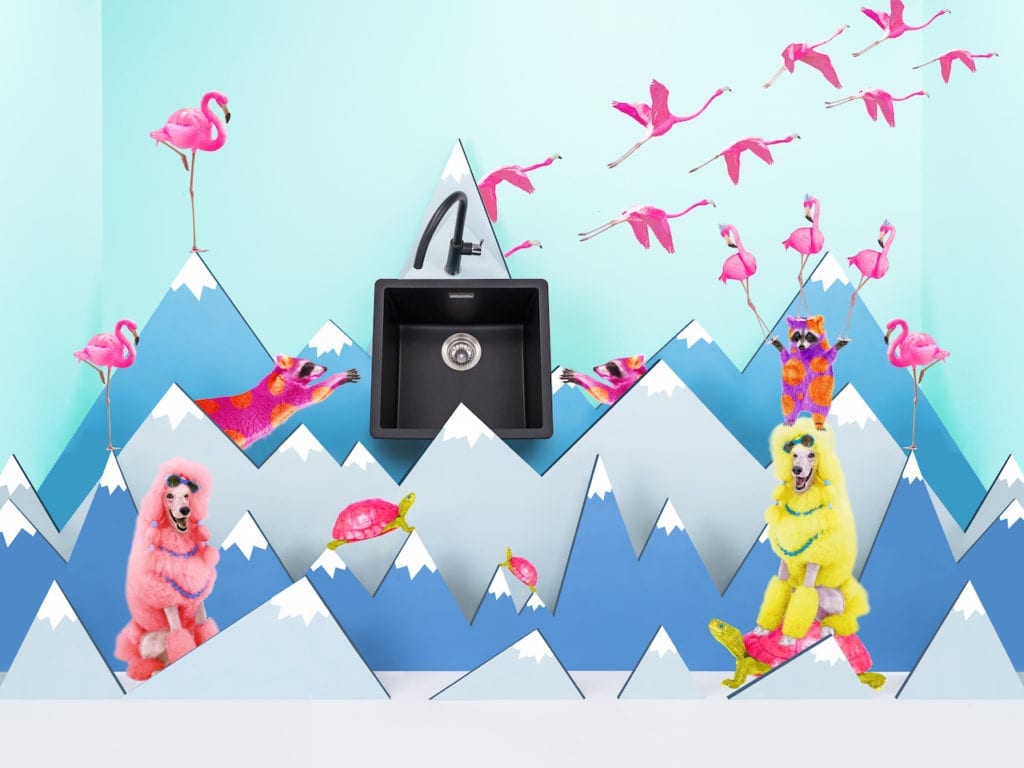
This journey has helped in him in teaching others, helping students to understand – just as he did – the relationship between ‘analogue’ and ‘digital’. He encourages them to push boundaries and learn through trial and error, but also challenges them to scrutinise images they come across in the media, to try to work out how they looked before going through post-production.
“It’s helpful to search for before and after photos,” he advises. “It’s comforting that other professionals also use it, and the images coming out of their camera look the same. You also get a feeling of what is possible. For me it’s more important to have more control over post production, because in photography sometimes it’s just not possible to get the effect you’re looking for in the raw shot,” he says. “Photography is always a compromise.”
He laughs that the best way to get a heart attack is to become a photographer, because of the constant stress of capturing the perfect moment, but Pichler is one of a growing breed of photographers who have grown up with software like Photoshop and Lightroom, allowing them to closely control the post production from concept to finished article. “I am still discovering new tools with the software that I have never used before,” he says. “It’s like learning the piano.”
Like Pichler says, using Adobe’s software is a continuous learning process and users are always discovering new and exciting techniques through experimentation. Check out Adobe Learn, a resource center by Adobe which is a rich source of information that will help you create, from getting started as a beginner to refining and improving your craft as an expert.
The Evolution of the Finished Works
Treatment 1
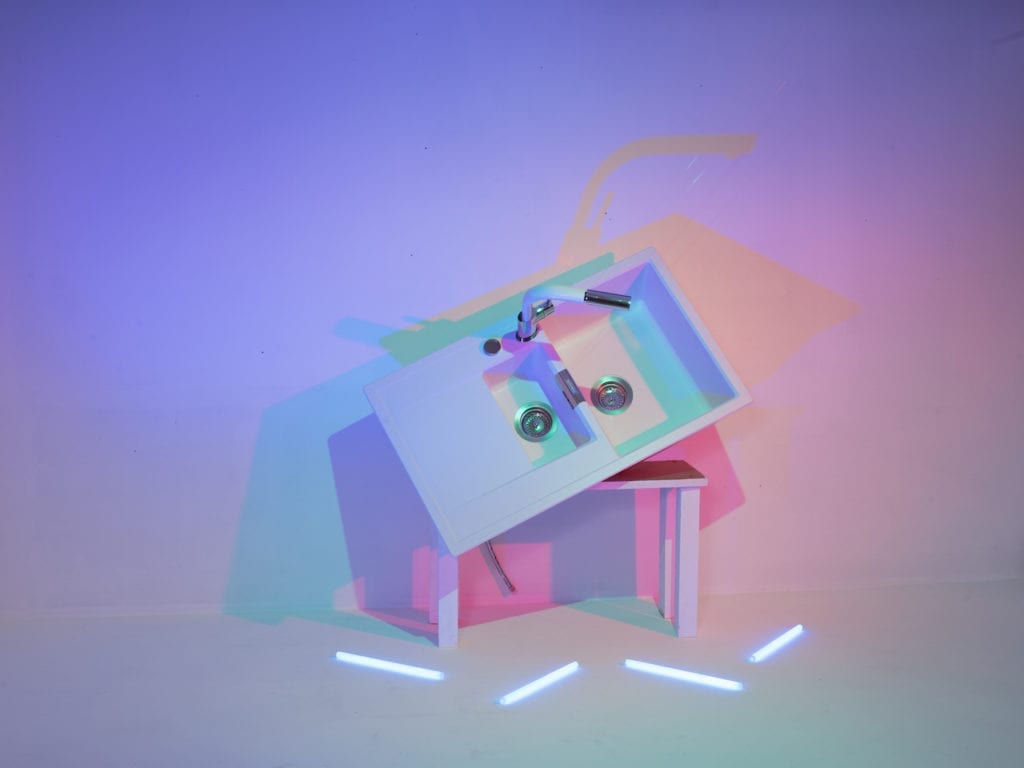
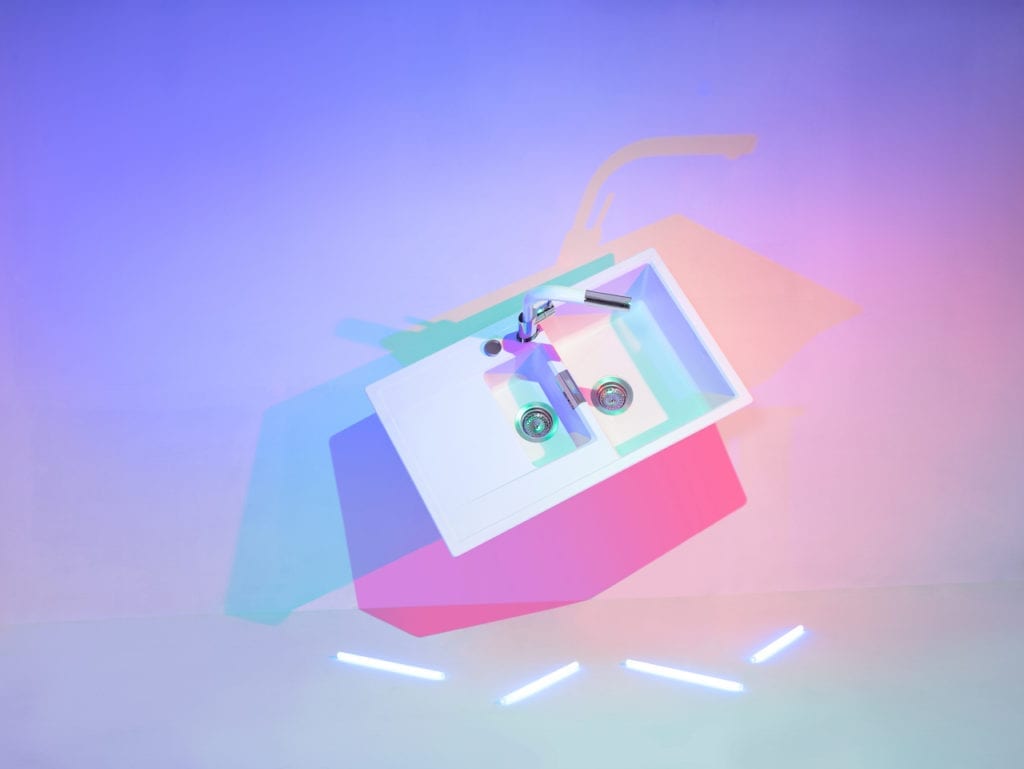

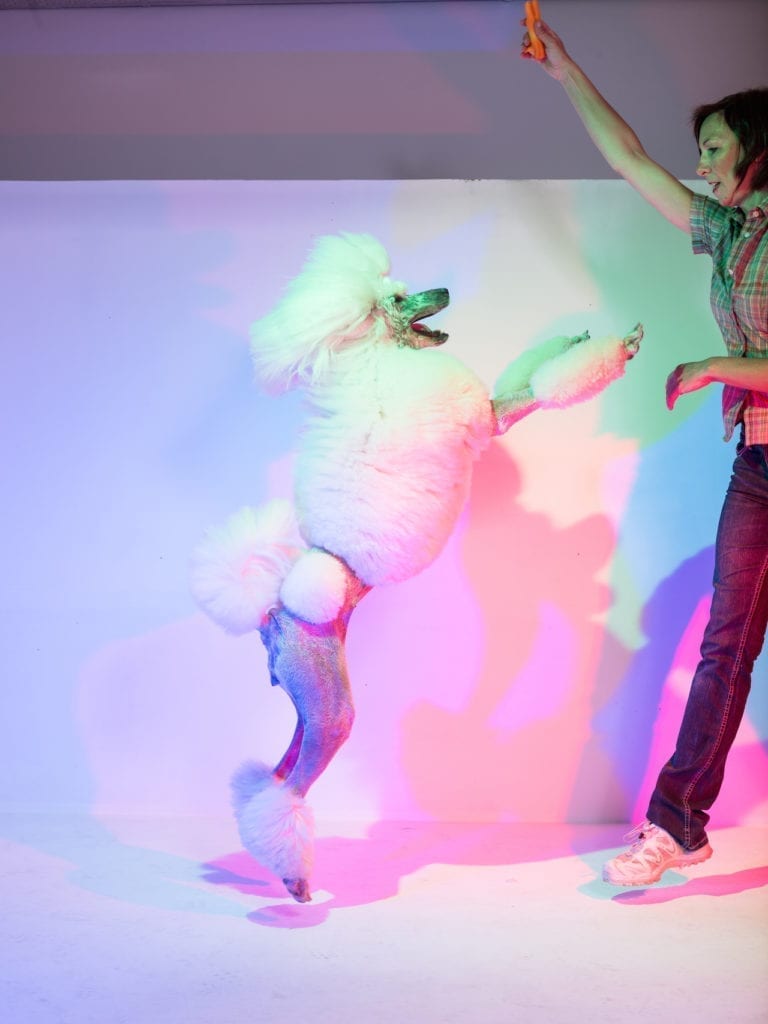
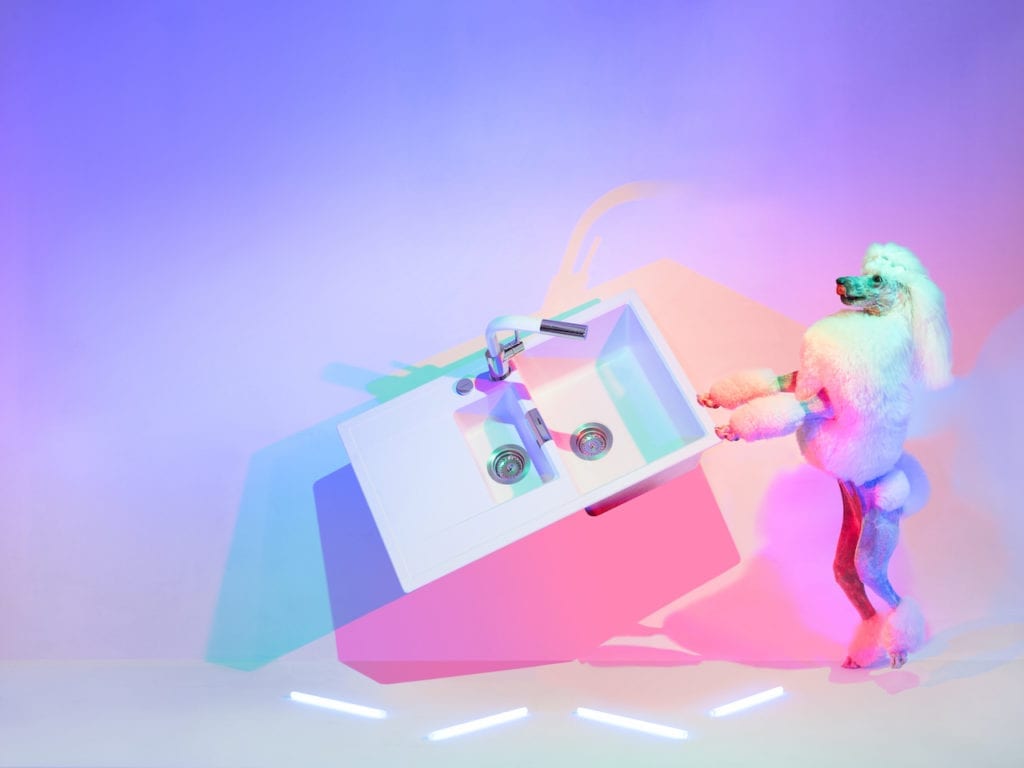
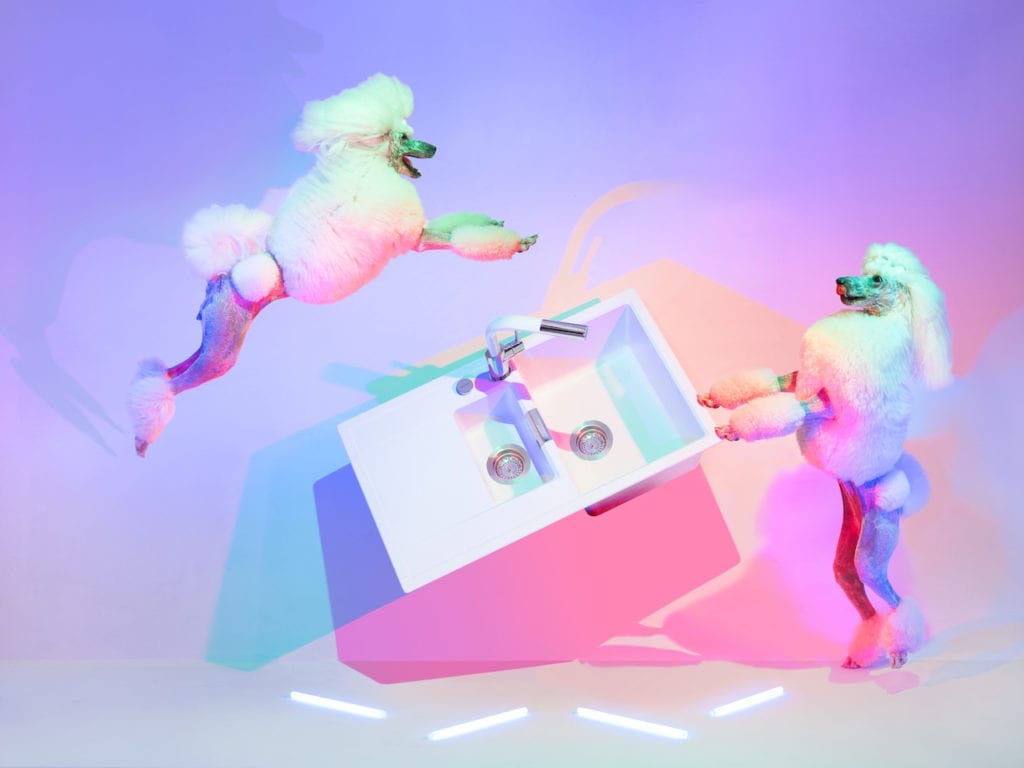
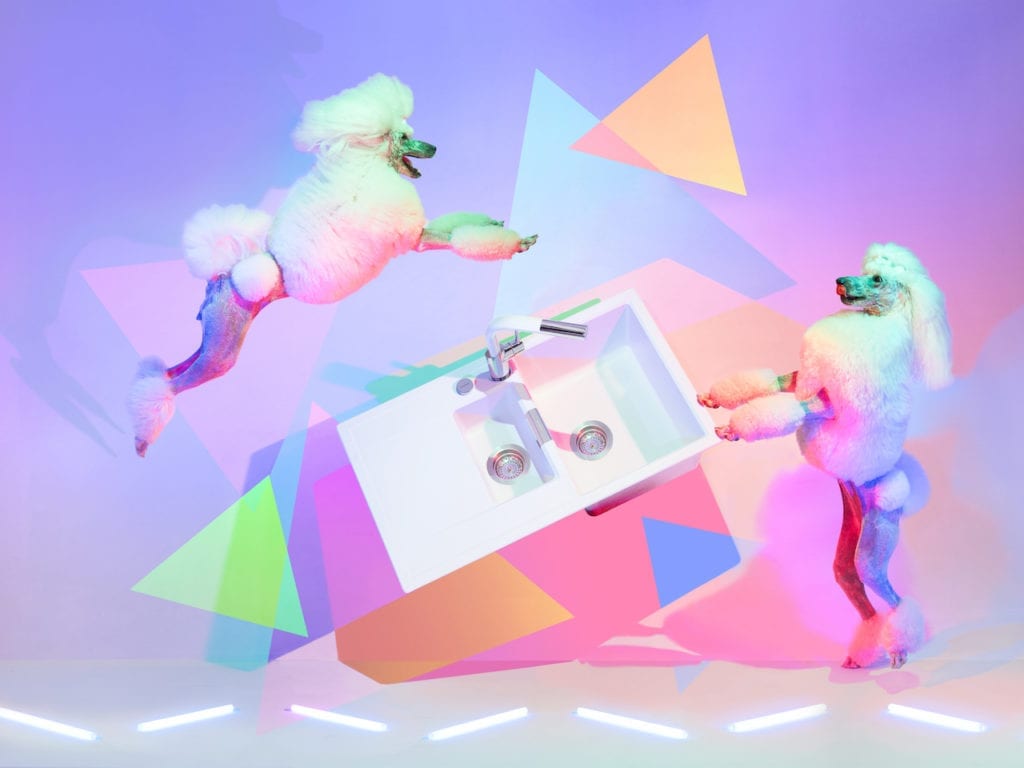
Treatment 2
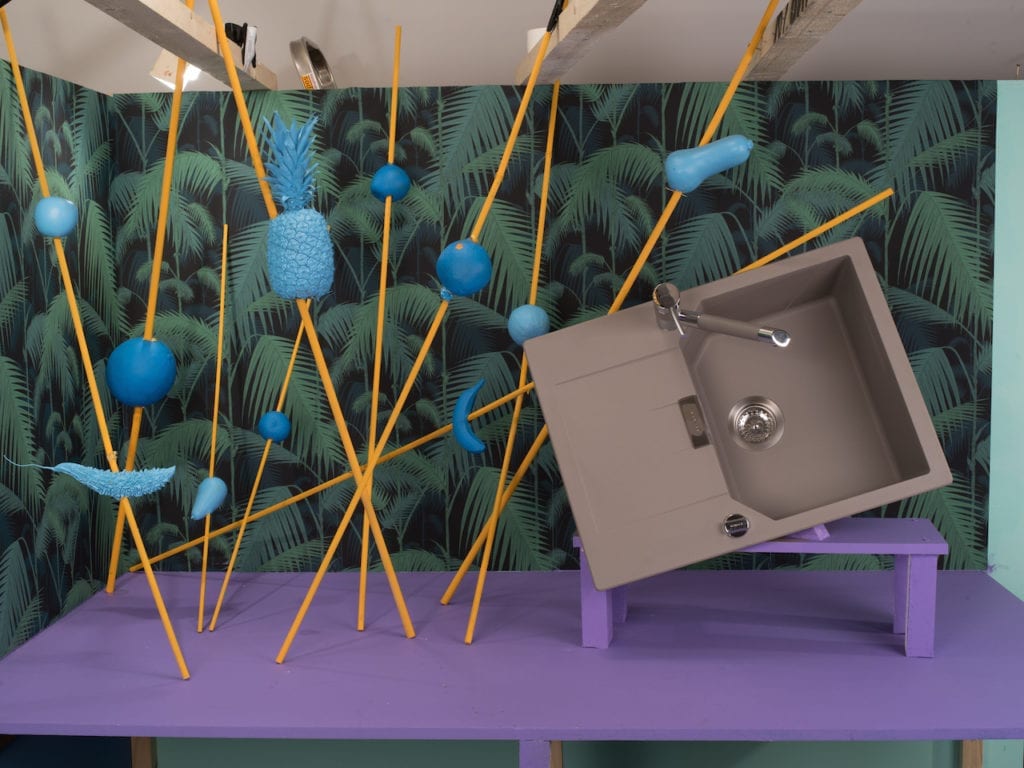
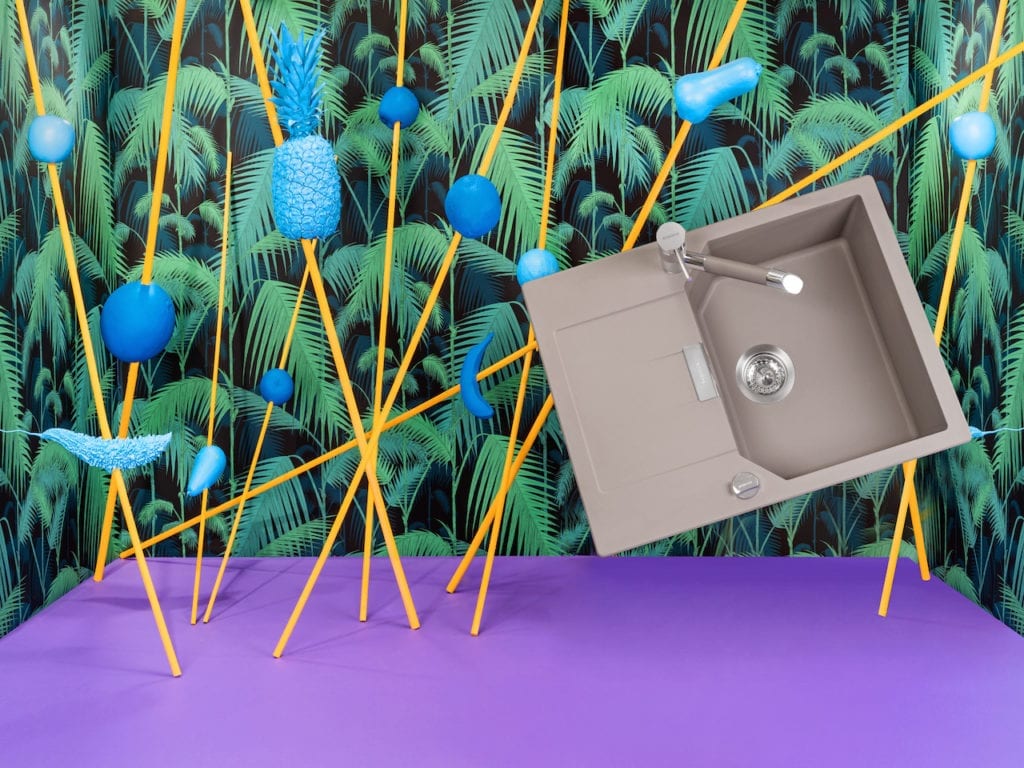
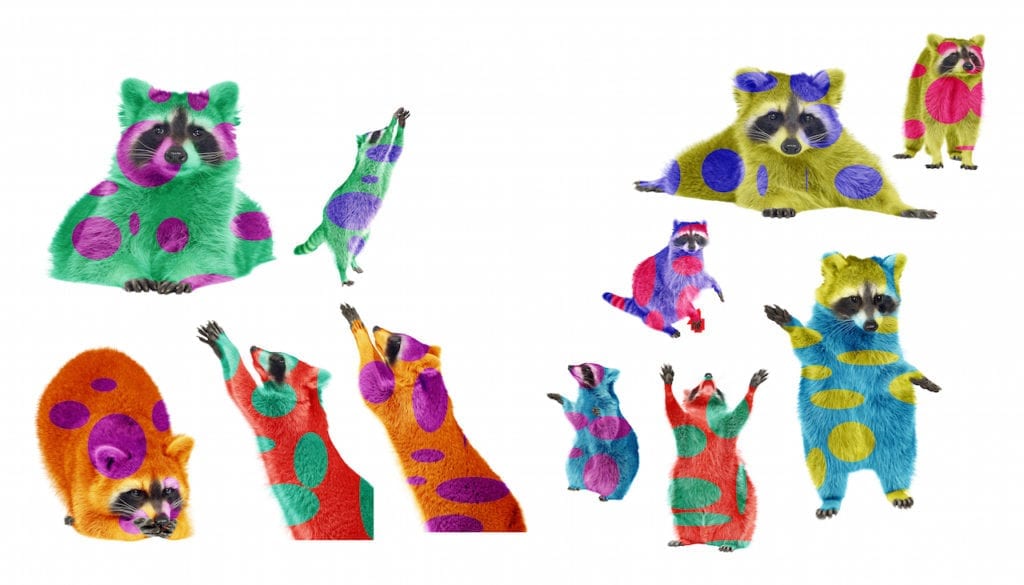

Treatment 3
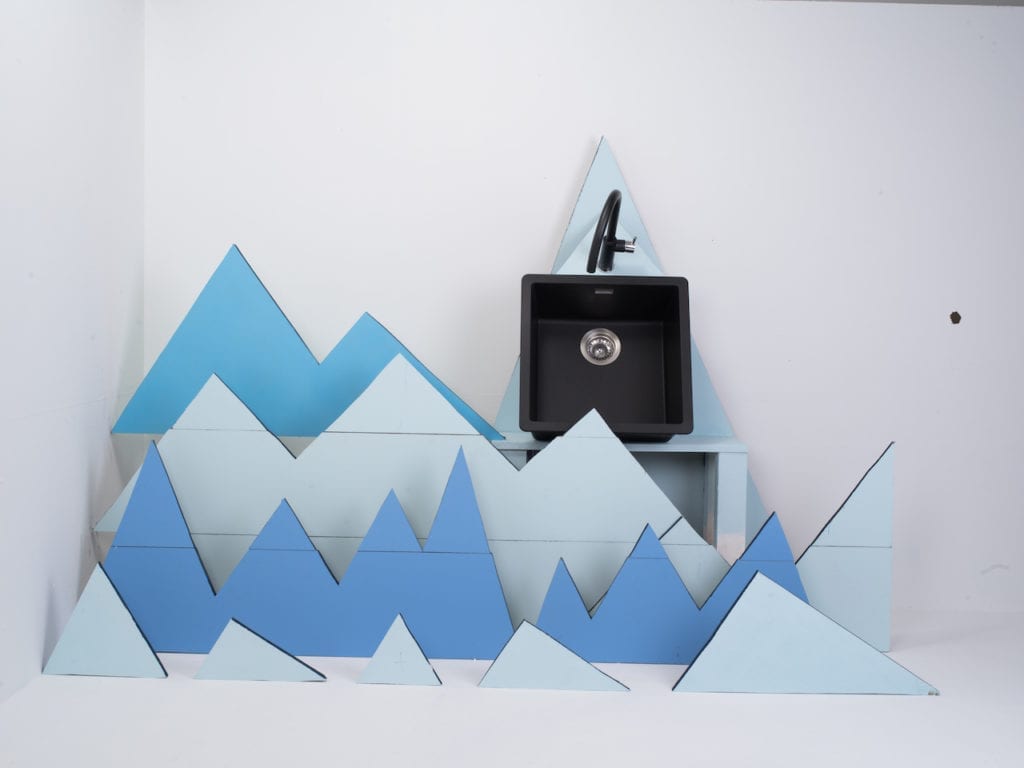
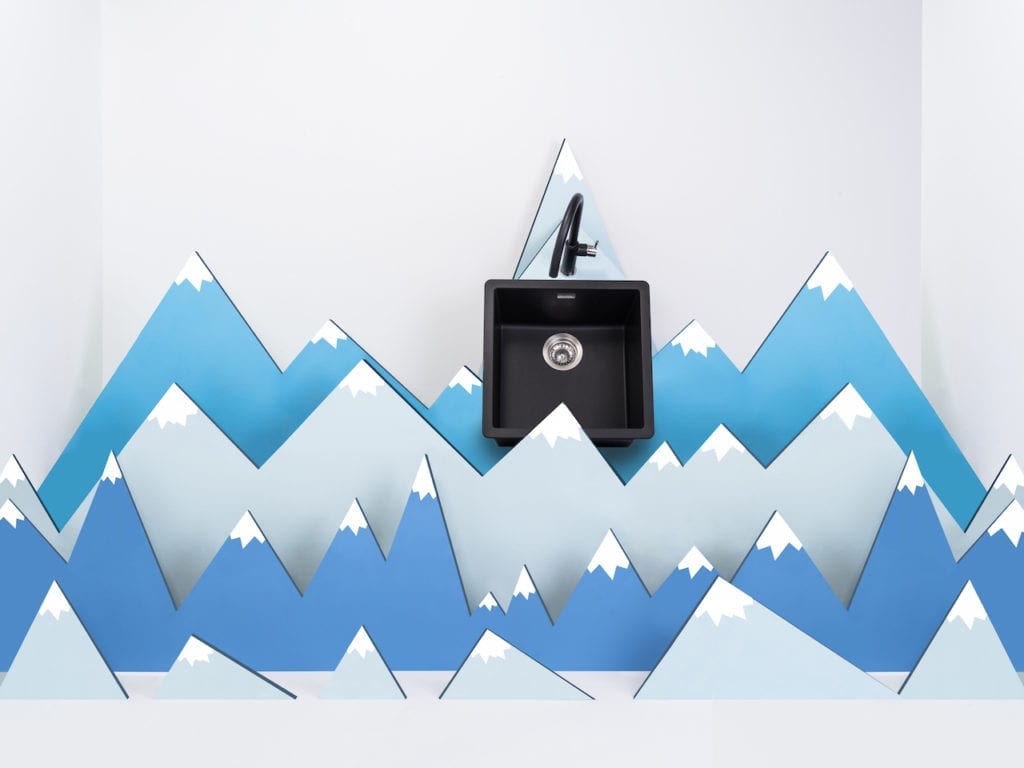
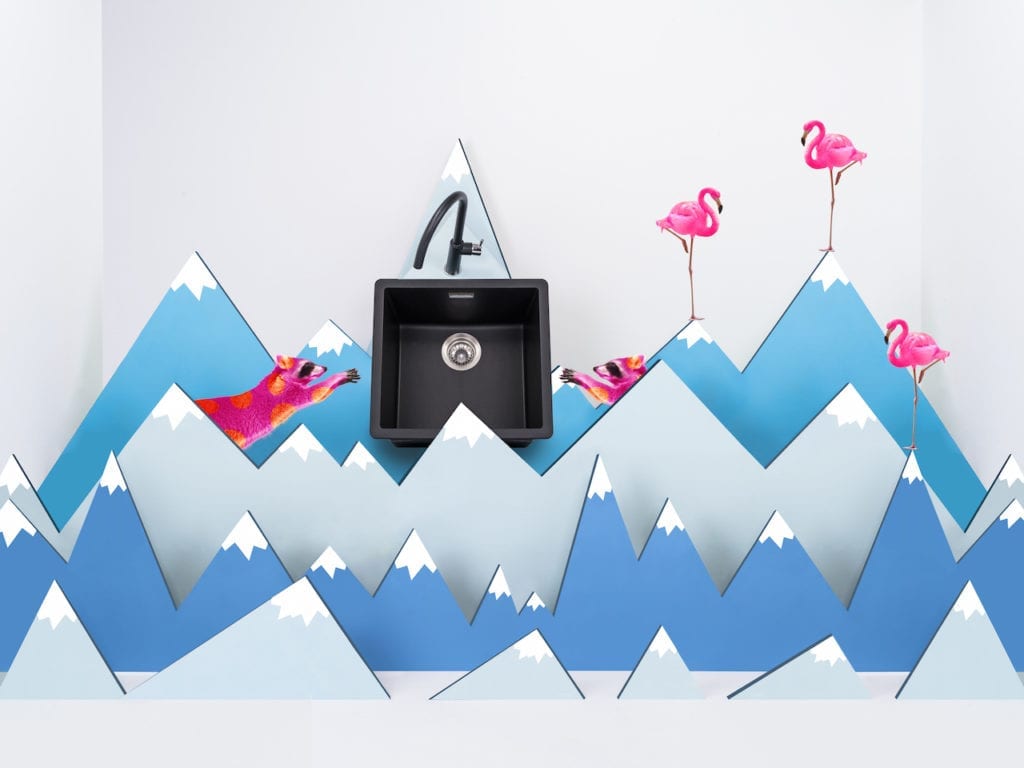

Make your best shots even better with Adobe’s Creative Cloud Photography plan. With all the photography essentials, such as Lightroom and Photoshop, you’ll have the world’s leading tools to help you craft incredible images every day, everywhere – whether you’re a beginner or a pro. Find Out More
